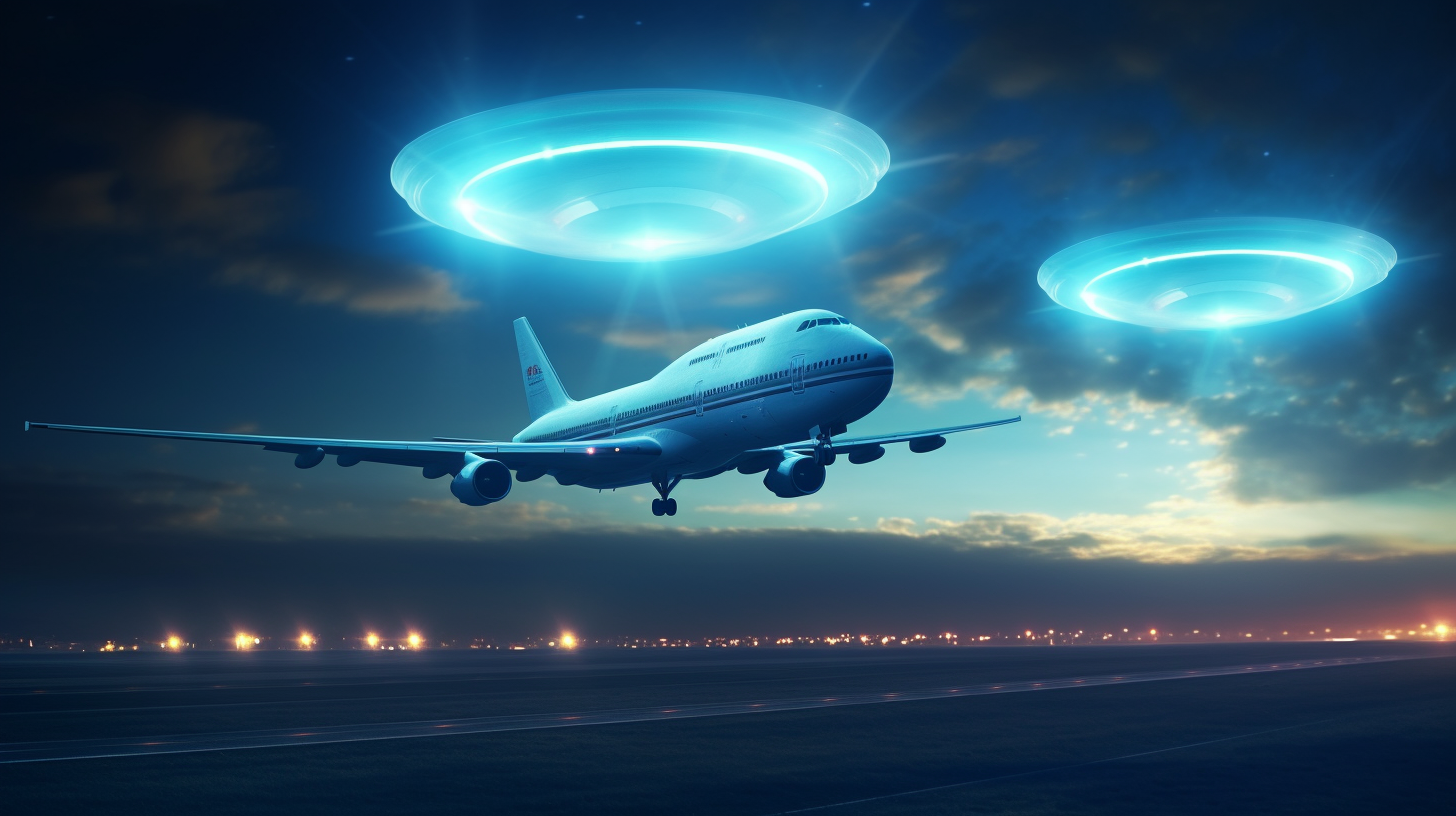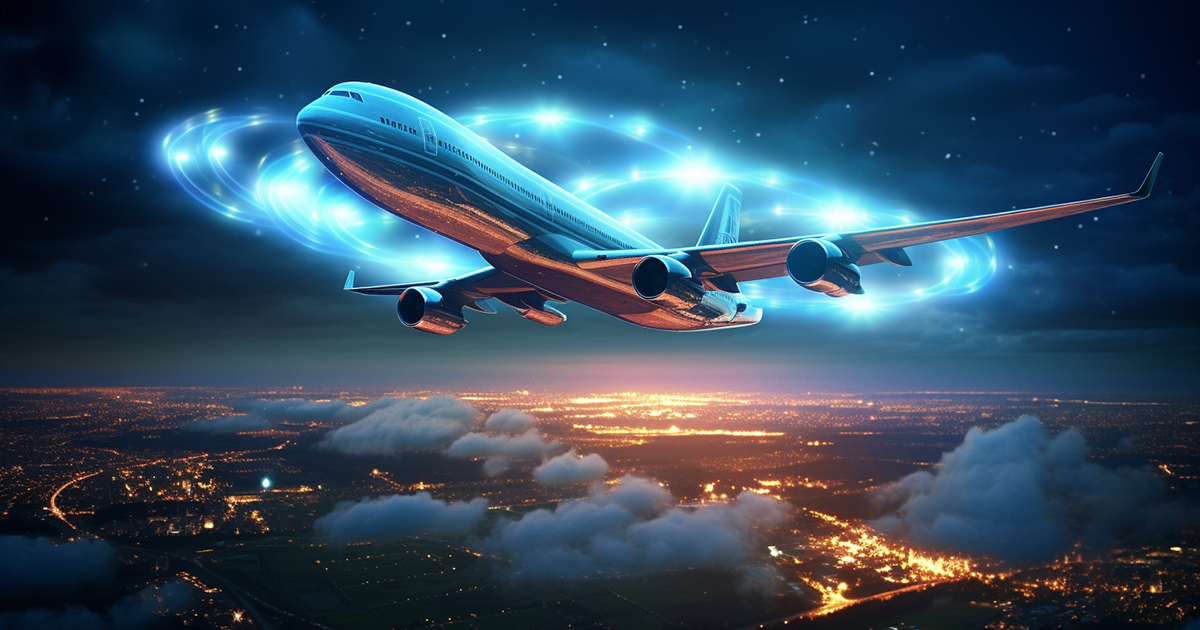In the early hours of November 17, 1986, a routine cargo flight from Paris to Tokyo became the stage for one of the most intriguing aerial incidents in aviation history. Japan Airlines Flight 1628, under the command of Captain Kenju Terauchi, an experienced pilot with a background as a fighter pilot and over 10,000 hours of flight time, was approaching Anchorage when an unexpected event unfolded.
As darkness enveloped the skies, Captain Terauchi noticed two unusual lights from his cockpit window. These were no ordinary lights; they exhibited strange maneuvers, moving in a coordinated fashion, one above the other, and then positioning themselves directly in front of the aircraft. Terauchi, piloting the Boeing 747 at approximately 500 mph, observed that these lights belonged to oval-shaped objects, alarmingly close to his aircraft. The intensity of the lights was such that they filled the cockpit with brightness.

Concerned about the safety of his aircraft, Captain Terauchi contacted the Anchorage Air Traffic Control Center, seeking identification of these mysterious objects. In a series of events that felt like a scene from a sci-fi movie, the two unidentified flying objects (UFOs) vanished, only to be replaced by another object of an astonishing size. Terauchi described it as a “gigantic spaceship,” perhaps as large as two aircraft carriers combined. This immense object continued to shadow the 747.
The incident escalated quickly as the North American Aerospace Defense Command (NORAD) at Elmendorf Air Force Base in Anchorage confirmed the presence of a large unidentified object on their radar. Air Traffic Control advised Captain Terauchi to take evasive maneuvers, even descending to 4,000 ft above sea level, yet the object persisted in its pursuit. In a bid to validate this sighting, another commercial flight was diverted to the location, but by their arrival, the UFO had vanished.
The weight of the evidence supporting this incident is substantial. Eyewitness accounts from the flight crew, corroborated by radar data and recorded communications, paint a vivid picture of the encounter. Upon landing, the crew underwent immediate debriefing by Federal Aviation Administration (FAA) officials and other authorities. Despite the comprehensive investigation and extensive documentation, the incident remains shrouded in mystery, without a conclusive explanation.
Captain Terauchi, possibly frustrated by the lack of answers, publicly stated his belief in December 1986 that the crafts were extraterrestrial in origin. This led to Japan Airlines reassigning him from pilot duties to a desk job. The FAA’s Division Chief of Accidents and Investigations, John Callahan, took a keen interest in the case, leading to a high-level meeting in Washington, D.C., attended by representatives from the FBI, CIA, and President Reagan’s White House. Astonishingly, at the conclusion of this meeting, it was alleged that a CIA agent declared the meeting never happened and ordered the confiscation of all data presented.
This incident, while not providing definitive proof of extraterrestrial life, certainly raises questions about what might be sharing our skies. The combination of an experienced pilot’s testimony, corroborating radar data, and the involvement of high-level government agencies leaves us pondering the possibilities of what lies beyond our current understanding.

29 thoughts on “Mysterious Mid-Air Encounter: A Pilot’s Close Call with an Unknown Aerial Phenomenon”
Comments are closed.